Remember when game shows were simpler times? When families gathered around the television set after dinner, and the biggest worry was whether someone would win a new car or a year’s supply of Rice-A-Roni? Well, looking back with rose-colored glasses, some of our favorite shows from the groovy decades had rules so complicated they’d make a tax attorney weep. From memory games that would stump Einstein to physical challenges that belonged in boot camp, these beloved programs sometimes asked way too much of their contestants—and us viewers trying to follow along at home.
1. The Dating Game’s Impossible Personality Puzzle
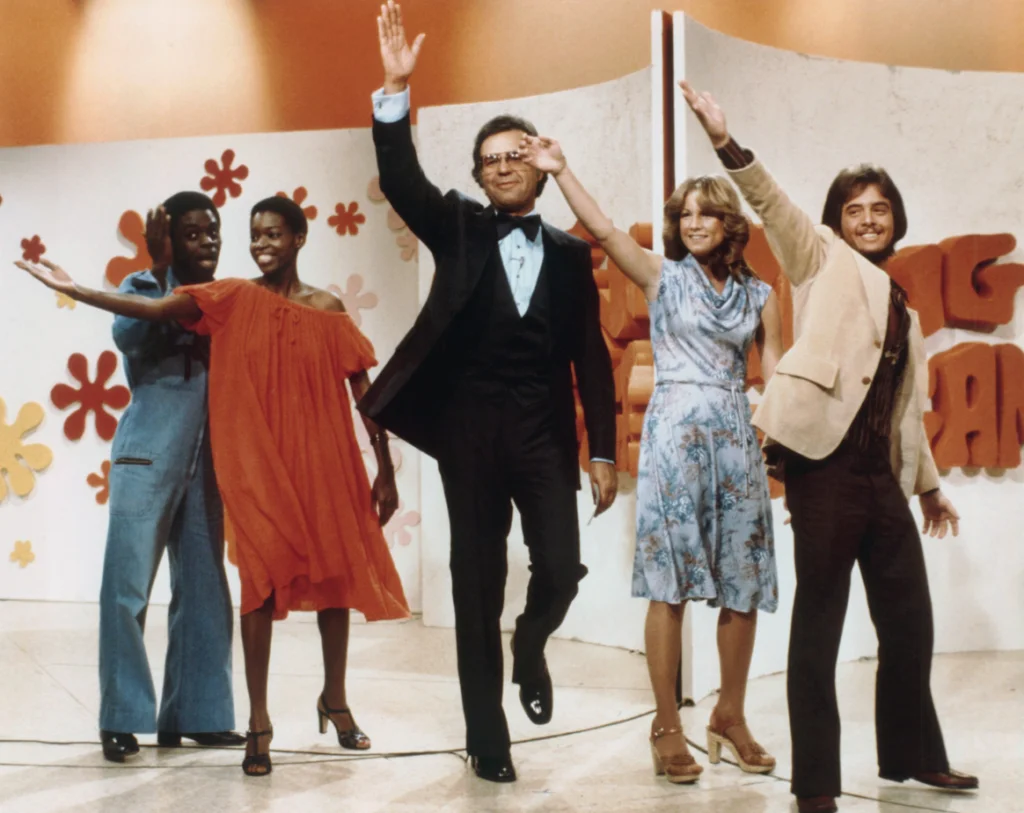
Chuck Barris’s creation seemed innocent enough: one bachelorette asks questions to three hidden bachelors and picks a date. But think about it—how on earth were contestants supposed to judge someone’s entire personality based on cheesy one-liners and rehearsed responses? The poor bachelorette had to make a life-changing decision about spending a romantic weekend with a complete stranger, all while America watched and her parents probably cringed at home. Mental Floss shines a spotlight on the ways this game show changed television as a whole.
The rules never addressed what happened if the chemistry was deader than a disco ball in daylight, or if Bachelor Number Two turned out to have the personality of wet cardboard. Contestants were essentially playing romantic Russian roulette on national television, with only their instincts and a few scripted answers to guide them. No wonder some of those vacation dates looked more awkward than a school dance chaperone convention.
2. Let’s Make A Deal’s Mathematical Madness
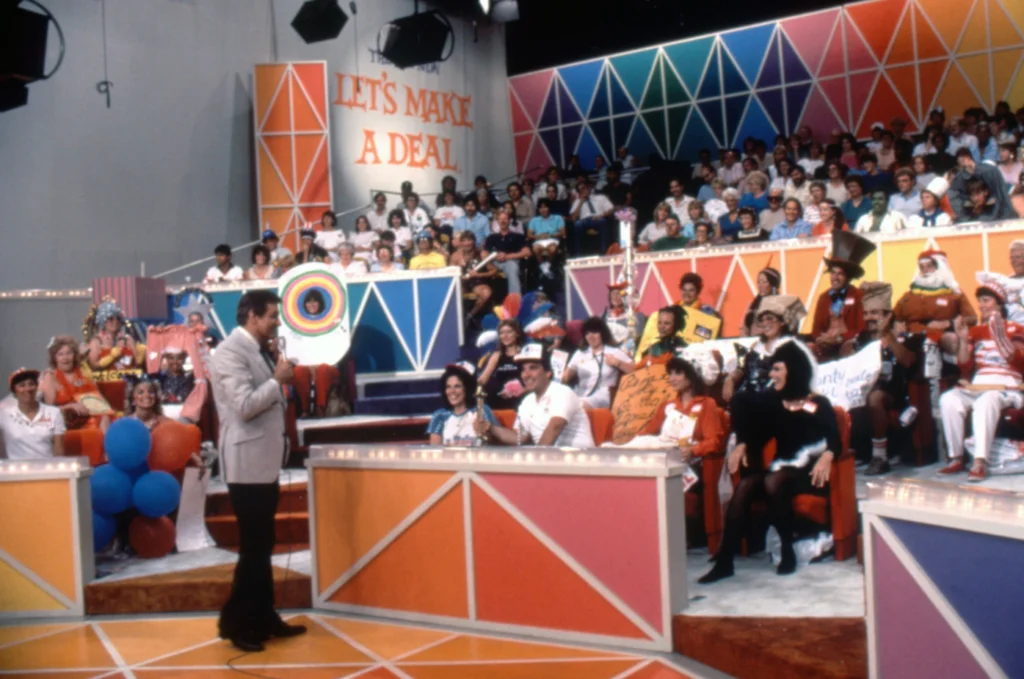
Monty Hall’s carnival atmosphere was pure entertainment, but the decision-making process was basically a graduate-level statistics course disguised as fun. Contestants had to calculate probability, assess risk, and make split-second financial decisions while wearing ridiculous costumes and being cheered on by a hyped-up audience. The famous “Monty Hall Problem” would later confound mathematicians and probability experts for decades. Following a major anniversary for the show, Forbes shared a retrospective tracing the show’s history.
Picture this: you’re dressed as a giant banana, you’ve got thirty seconds to decide between a guaranteed prize and what might be behind Door Number Three, and hundreds of people are screaming conflicting advice at you. The show’s rules assumed contestants could think clearly under pressure while wearing foam fruit costumes and potentially winning or losing thousands of dollars. It’s a miracle anyone ever made a rational decision on that show.
3. Password’s Precision Pressure Cooker
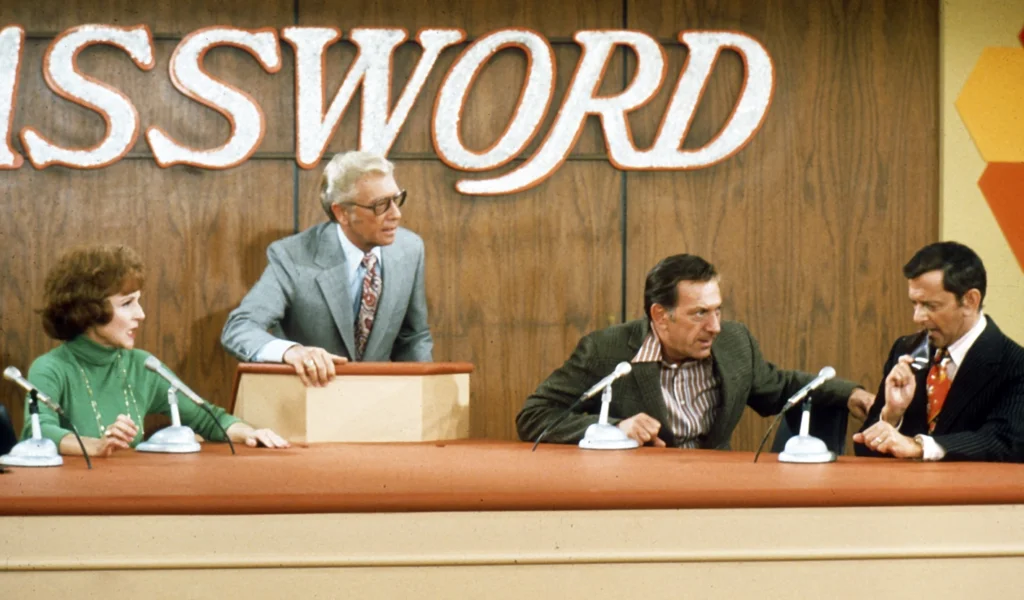
Allen Ludden’s word association game looked deceptively simple, but the rules were merciless perfectionists. Contestants had to give one-word clues that would lead their celebrity partner to guess the exact password, with no gestures, no hints, and absolutely no margin for error. One wrong syllable, one mispronounced word, or one accidental plural could instantly disqualify a perfectly good clue. As noted by The Hollywood Reporter, this game show was essential for the whole genre at the Emmy Awards.
The psychological pressure was intense—imagine trying to communicate complex concepts using only single words while America’s sweetheart Betty White stared at you expectantly. Contestants had to be mind readers, linguists, and zen masters all rolled into one, maintaining perfect composure while their brain frantically searched for that one perfect word. The show’s rules demanded telepathic communication skills that would make a circus act jealous.
4. The Newlywed Game’s Relationship Examination
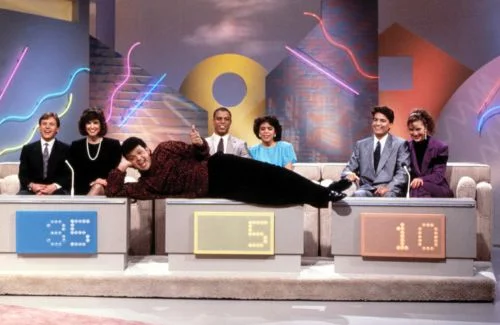
Bob Eubanks put couples through what amounted to a public marriage counseling session, with rules that seemed designed to create maximum embarrassment. Spouses had to predict each other’s answers to increasingly personal questions, often about topics they’d probably never discussed even in private. The scoring system rewarded couples who knew intimate details about their partner’s preferences, fears, and past experiences.
The rules essentially turned marriage into a competitive sport, where knowing your spouse’s “most unusual place” for romance could win you a new living room set. Couples had to air their private business on national television, with points awarded for accuracy and deducted for marital ignorance. It’s amazing any of those marriages survived the trauma of discovering they didn’t know their beloved’s favorite childhood memory or biggest fear.
5. Truth or Consequences’ Consequence Chaos
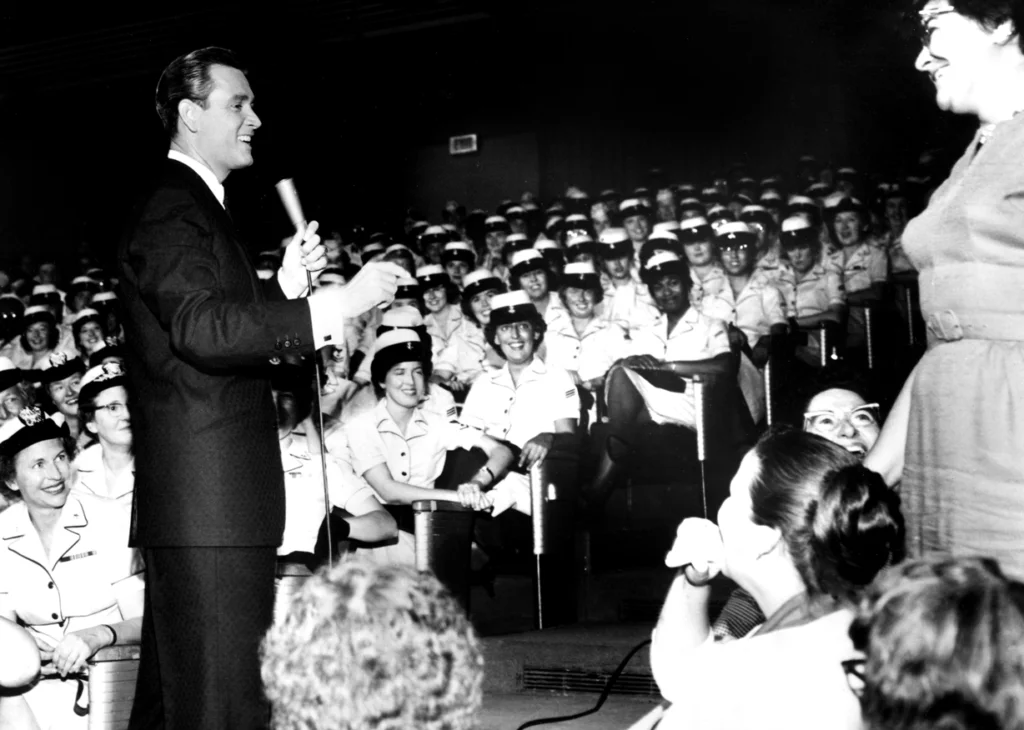
Ralph Edwards created a show where the “truth” questions were designed to be impossible, forcing contestants into increasingly ridiculous “consequences.” The rules stated that if you couldn’t answer a trivia question in thirty seconds, you’d have to perform some elaborate stunt, practical joke, or embarrassing task. What seemed like harmless fun often involved contestants doing things that would probably violate several workplace safety regulations today.
The consequences ranged from mildly embarrassing to completely bonkers, with contestants never knowing if they’d end up in a pie fight or reuniting with their third-grade teacher on live television. The show’s rules gave producers unlimited creative license to dream up scenarios that would make even the most adventurous person think twice. Contestants basically signed up to be human entertainment puppets, trusting that Ralph Edwards wouldn’t ask them to do anything too outrageous.
6. The Price is Right’s Economic Expertise Exam
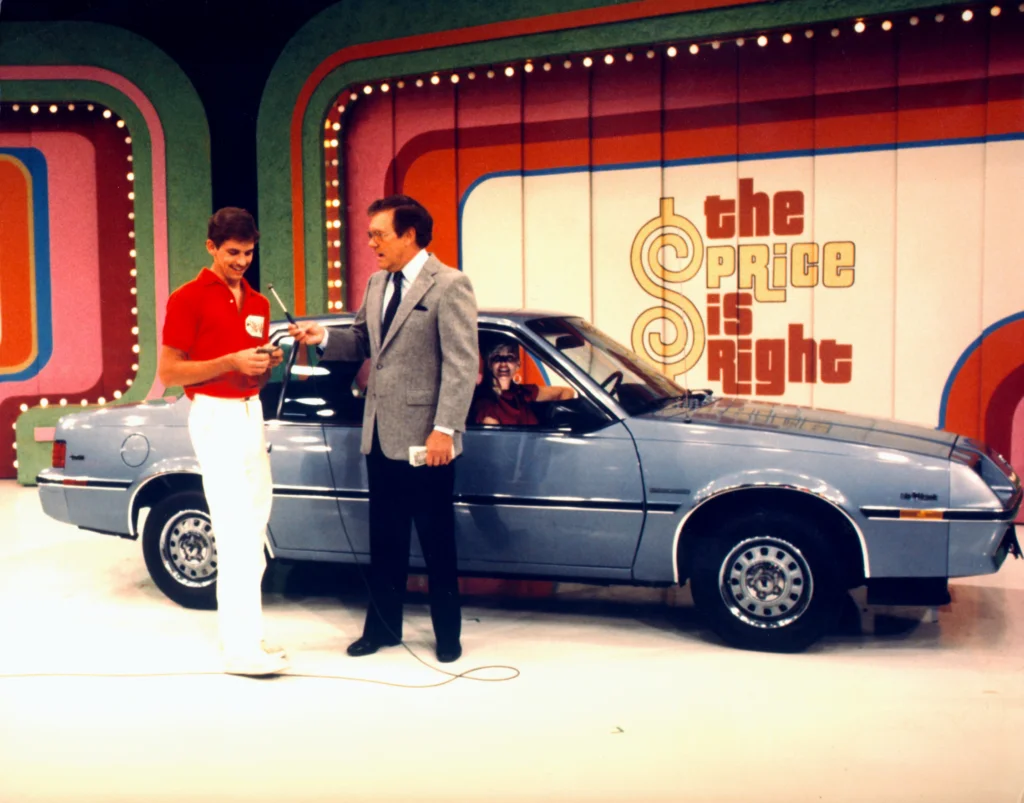
Bill Cullen’s original version demanded contestants possess the shopping knowledge of a professional buyer and the mathematical skills of an accountant. Players had to know exact retail prices for everything from kitchen appliances to luxury cars, with rules that punished even the slightest price miscalculation. The bidding games required contestants to process multiple price points simultaneously while performing mental arithmetic under intense time pressure.
Contestants were expected to be walking consumer price indexes, knowing the difference between a $299 blender and a $399 one while cameras rolled and audiences cheered. The show’s rules assumed everyone had memorized the Sears catalog and could instantly recall the exact cost of items they might purchase once in a lifetime. It was like taking a pop quiz on the entire American economy every single round.
7. What’s My Line’s Detective Work Dilemma

The panel of celebrities had to guess a contestant’s occupation using only yes-or-no questions, but the rules made this task nearly impossible for anyone without Sherlock Holmes-level deduction skills. Panelists had to navigate through thousands of possible careers with strategic questioning, while the mystery guest could legally mislead them with technically truthful but unhelpful answers. The time limit added pressure that would make a chess master sweat.
The show’s format required panelists to be part investigative journalist, part psychologist, and part mind reader, all while maintaining witty banter for the television audience. They had to read body language, interpret voice inflections, and make logical deductions based on minimal information, essentially solving human puzzles in real time. The rules turned every episode into an intellectual obstacle course that challenged even the sharpest minds of the era.
8. I’ve Got a Secret’s Secrecy Struggles
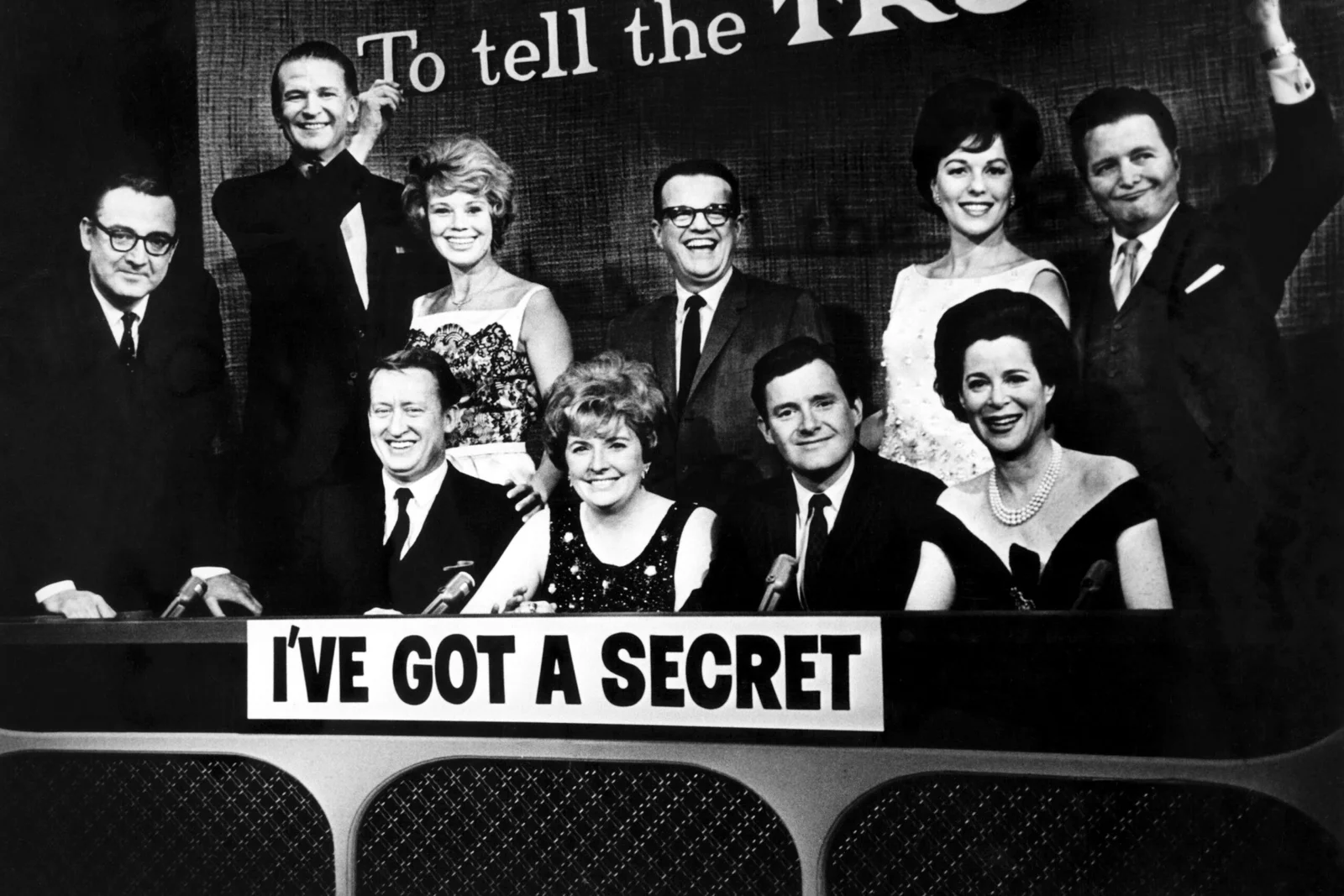
The celebrity panel had to uncover a contestant’s hidden secret through careful questioning, but the rules made this process more difficult than cracking a government code. Contestants could answer questions in ways that were technically honest but completely misleading, while panelists had to extract meaningful information from deliberately vague responses. The format required contestants to be skilled at verbal gymnastics while panelists needed the patience of saints and the curiosity of investigative reporters.
The show’s rules created a battle of wits where success depended on asking exactly the right questions in precisely the right order. Panelists had to think like master detectives, following logical threads and building cases based on subtle clues and careful observation. Meanwhile, contestants had to walk the tightrope between honesty and misdirection, revealing just enough to keep the game interesting without giving away their secret too easily.
9. To Tell the Truth’s Triple Deception Detection
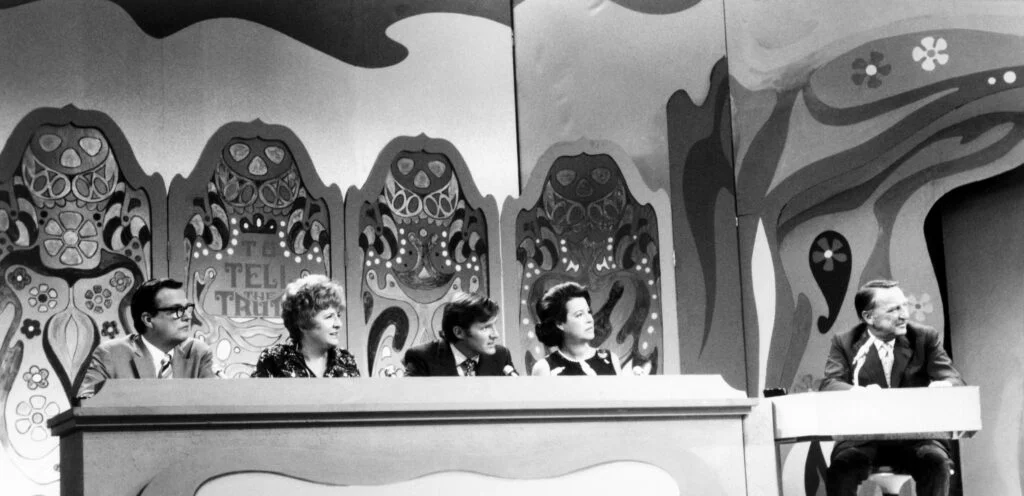
Three contestants claimed to be the same person, and the celebrity panel had to identify the real one through questioning—a task that required the investigative skills of a Supreme Court justice. The imposters could legally lie about everything except their name, while the real person had to tell the truth, creating a complex web of deception that challenged even the most astute questioners. Panelists had to analyze speech patterns, body language, and knowledge levels simultaneously while maintaining entertaining television dialogue.
The rules turned every round into a masterclass in human psychology, where success depended on detecting subtle tells and inconsistencies in behavior. Panelists needed to be part FBI profiler, part quiz show host, and part entertainer, all while racing against time to unmask the authentic person among skilled deceivers. The format demanded an almost supernatural ability to read people and separate fact from fiction under pressure.
10. Concentration’s Memory Marathon
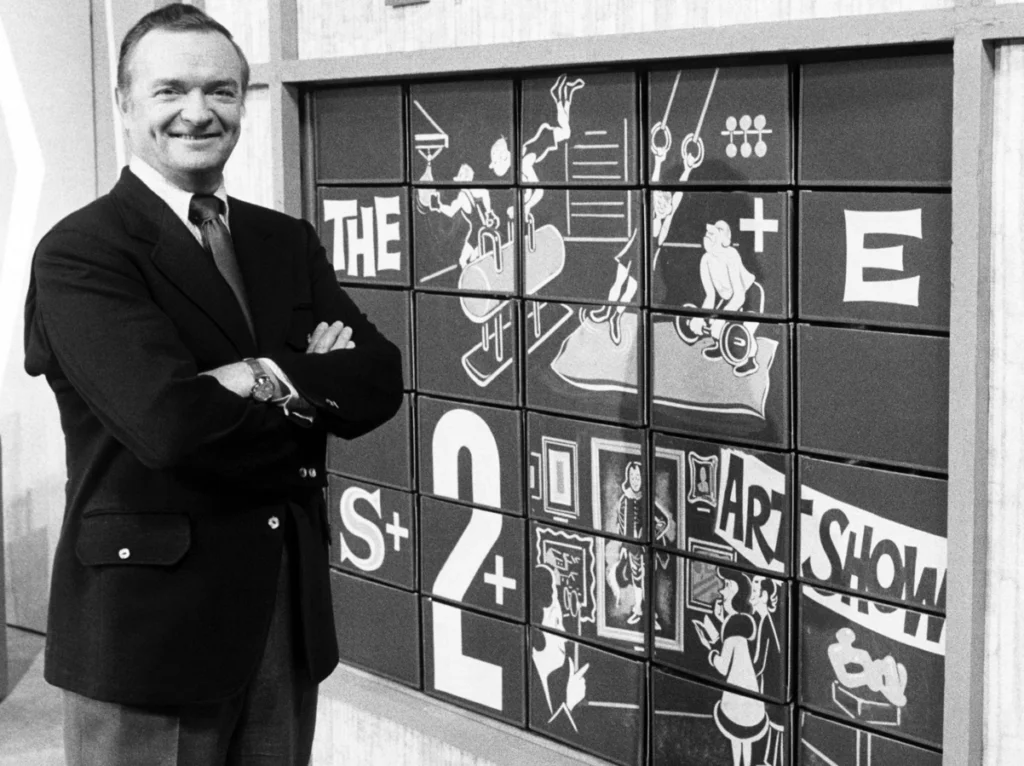
Hugh Downs hosted a game that combined the memory requirements of Rain Man with the pressure of a championship chess match. Contestants had to remember the locations of up to thirty puzzle pieces while simultaneously solving word puzzles and competing against opponents doing the same thing. The rules required players to maintain perfect mental maps of the game board while processing new information and making strategic decisions about which pieces to reveal.
The show essentially demanded that contestants possess photographic memories while performing complex problem-solving under television lights and audience pressure. Players had to juggle multiple mental tasks simultaneously—tracking revealed prizes, remembering piece locations, solving puzzles, and planning several moves ahead like chess grandmasters. The rules created a cognitive overload that would challenge even professional memory champions.
11. The Hollywood Squares’ Strategic Social Chess
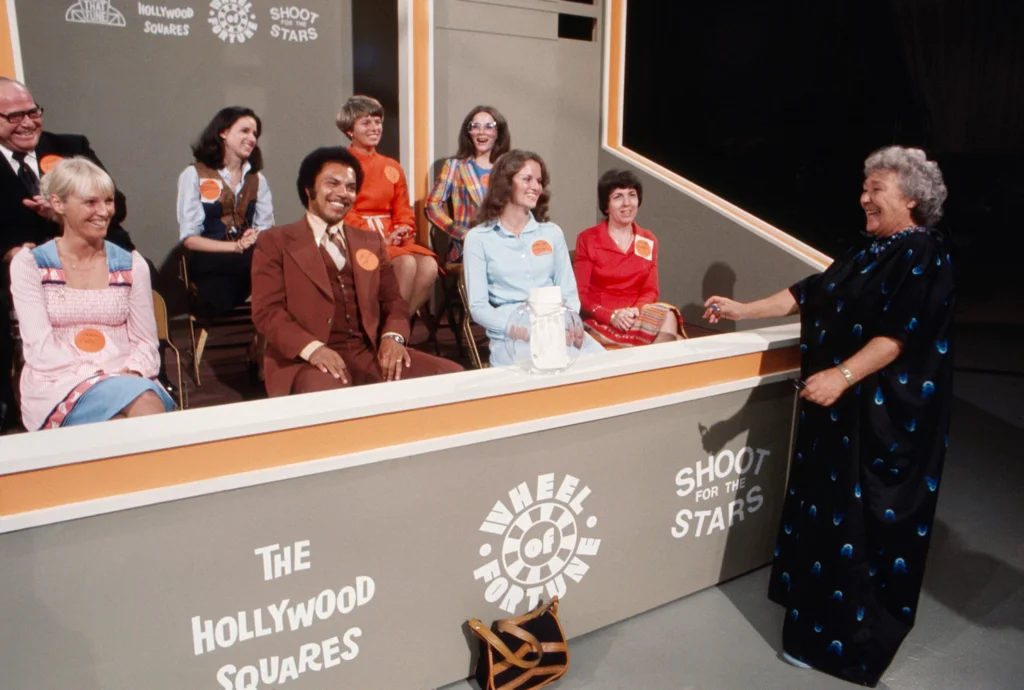
Peter Marshall’s tic-tac-toe game looked simple, but the rules created a complex strategy game that required contestants to be part psychologist, part game theorist, and part comedian. Players had to decide whether celebrity answers were correct while simultaneously positioning themselves strategically on the board, essentially playing human chess with unpredictable pieces. The format required contestants to assess both the knowledge and the humor intentions of nine different celebrities while planning their own winning moves.
Contestants needed to understand each celebrity’s personality, knowledge level, and tendency toward truthful versus funny answers, all while maintaining their own strategic objectives. The rules made every decision a calculated risk, where choosing the wrong square or misjudging a celebrity’s response could instantly end the game. Players basically needed doctoral degrees in celebrity psychology and military strategy just to play tic-tac-toe successfully.
12. Jeopardy!’s Academic Olympiad
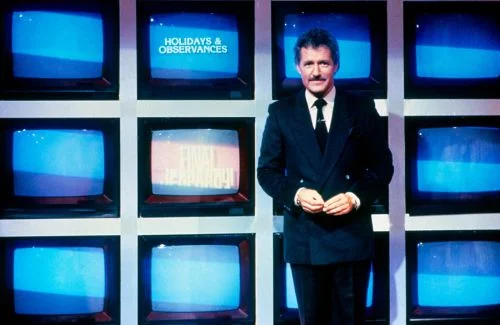
Art Fleming’s original version set an impossibly high standard for general knowledge, expecting contestants to be walking encyclopedias capable of instant recall across every academic discipline. The rules required players to phrase their responses as questions while processing information at lightning speed, essentially demanding perfect grammar and syntax under extreme pressure. Contestants needed expertise in subjects ranging from Shakespearean literature to nuclear physics, with no partial credit for close answers.
The show’s format created an intellectual triathlon where contestants competed in mental gymnastics that would challenge university professors. Players had to demonstrate mastery of history, science, literature, geography, and pop culture while maintaining composure under hot studio lights and time pressure. The rules essentially demanded that contestants be Renaissance scholars with the quick-thinking abilities of game show champions and the nerves of steel typically reserved for brain surgeons.
Those golden years of television gave us some truly memorable moments, even if the shows sometimes asked the impossible of their brave contestants. Looking back, it’s amazing that anyone managed to succeed under such demanding conditions—but maybe that’s what made these programs so compelling to watch. We cheered for ordinary people attempting extraordinary mental and emotional feats, all in the name of winning fabulous prizes and fifteen minutes of fame. Perhaps the real prize was the entertainment value these complicated rules provided, turning simple games into unforgettable television drama that still makes us smile decades later.


